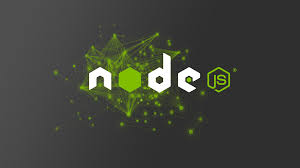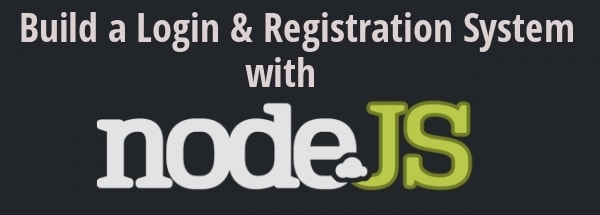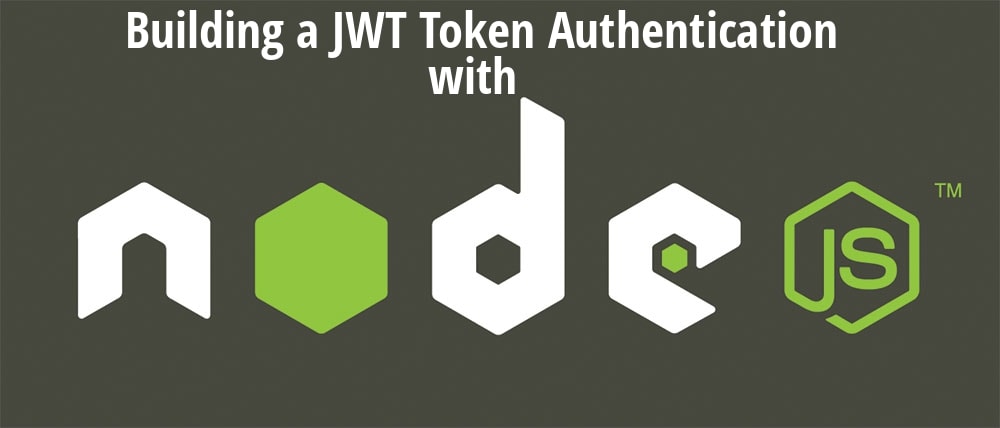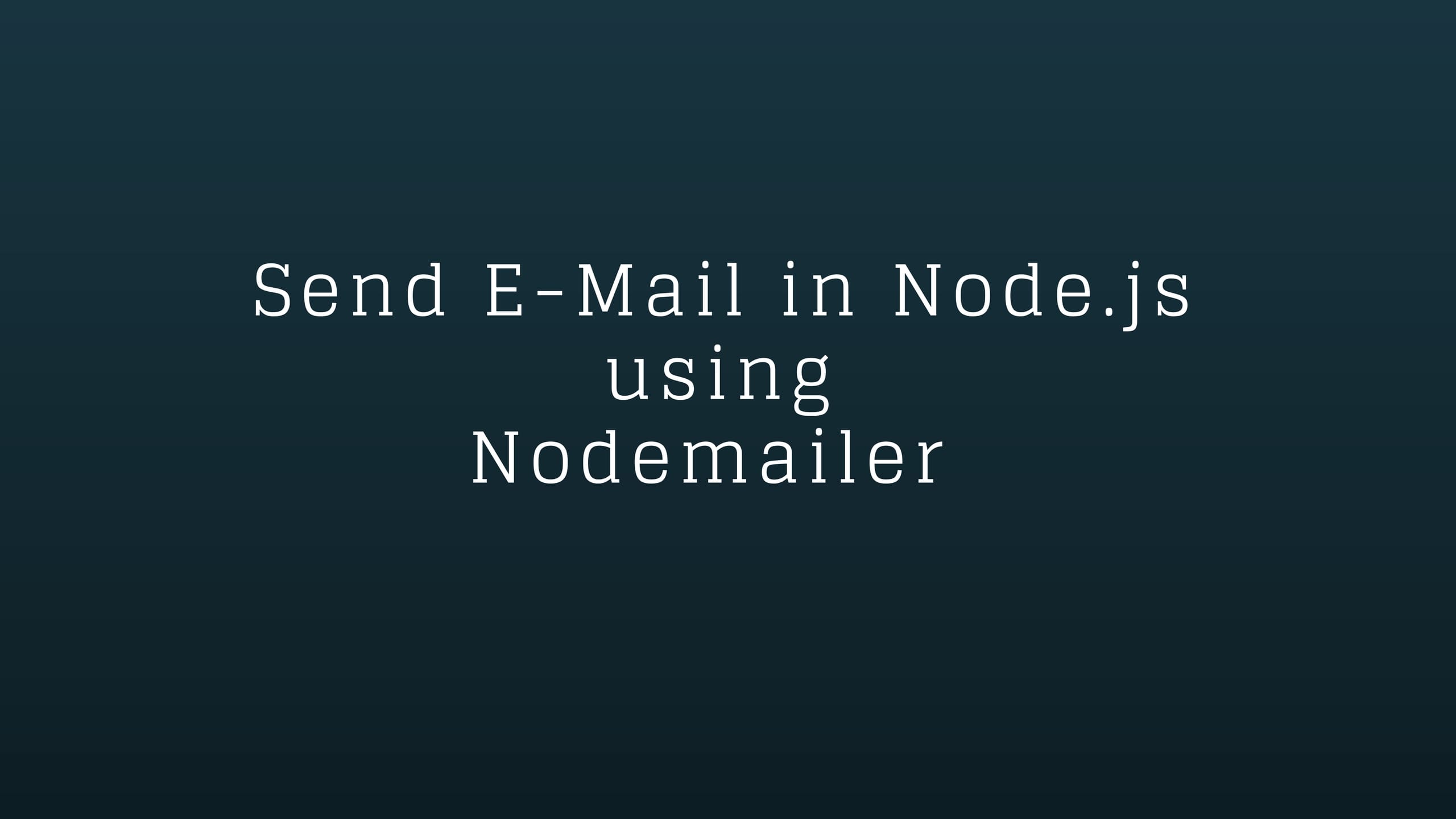In 2025, Python remains the dominant language for AI development, driven by advancements in large language model (LLM) fine-tuning, agent frameworks, and multimodal capabilities. Developers are leveraging tools like Summary
LangChain, LangGraph, and Hugging Face Transformers to build intelligent agents that reason, access tools, and process text, images, and audio. Edge-optimized models such as Phi-3 are enabling powerful AI experiences on local devices, while open-source ecosystems are fueling innovation. Real-world implementations are emerging in healthcare, legal tech, and data science, as trends like autonomous agents and AI-enhanced developer tools redefine how software is created and deployed.
What's Hot in AI for Python Devs (2025)
- LLM Fine-Tuning Made Simple: Libraries like
Axolotl,LoRA, andQLoRAmake it easy to fine-tune massive models on a laptop. - Agent Frameworks Evolve: Tools like
LangGraph,AutoGen, andCrewAIallow you to build memory-aware, multi-agent AI workflows. - Multimodal AI Everywhere: Use
OpenAI GPT-4oorHuggingFace Transformersto handle text, images, and even audio in the same prompt.
Building with Python: Code Example (Agent + Tool Use)
Here’s how you can build a simple AI agent in 2025 using LangChain and OpenAI GPT-4o:
from langchain.agents import initialize_agent, Tool
from langchain.chat_models import ChatOpenAI
llm = ChatOpenAI(model="gpt-4o")
tools = [
Tool(
name="Calculator",
func=lambda x: eval(x),
description="Useful for simple math operations"
)
]
agent = initialize_agent(
tools=tools,
llm=llm,
agent="chat-zero-shot-react-description"
)
response = agent.run("What is the square root of 576?")
print(response)
Key Python Libraries to Watch
- Transformers — For model loading, fine-tuning, and inference from Hugging Face.
- LangGraph — Graph-based memory-persistent agent workflows.
- FastAPI + Streaming — Real-time AI app deployment with WebSocket-based streaming UIs.
Real-World Use Cases in 2025
- Healthcare: AI agents that summarize patient records and recommend treatment plans.
- LegalTech: Python scripts parsing legal documents with vector DBs and GPT-powered RAG pipelines.
- Data Science: LLMs that generate and explain data visualizations using Matplotlib, Plotly, or Seaborn.
Trends Worth Tracking
- Smaller, faster models (like Phi-3, TinyLlama) running on edge devices with ONNX and TFLite.
- AI-first dev tools — IDEs like Cursor or AI-native code assistants deeply integrated into Python dev workflows.
- Voice + Vision models that turn spoken prompts and sketches into working Python code.
Final Thoughts
Python remains the heart of AI in 2025. With smarter models, better tooling, and streamlined deployment, it’s never been easier to build powerful, real-time AI apps. Whether you're fine-tuning an LLM or orchestrating agents, the tools are ready — and open source is leading the way.
Start small. Build fast. Stay curious.





